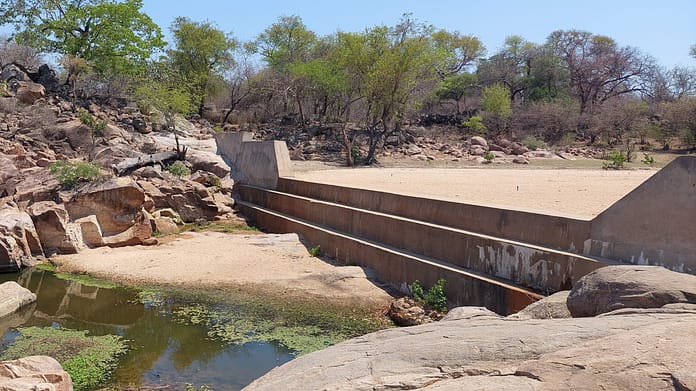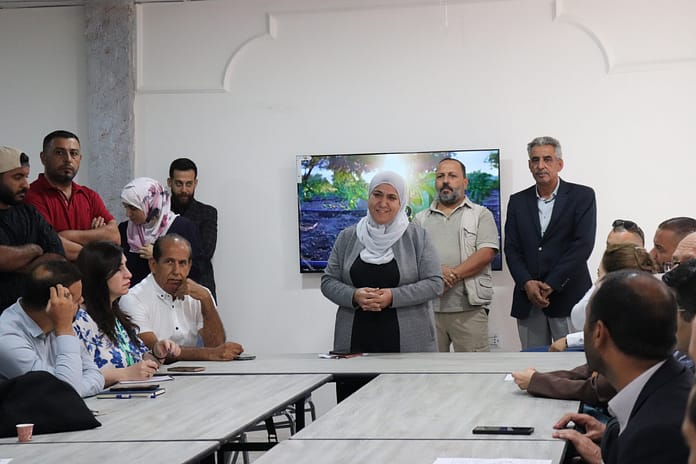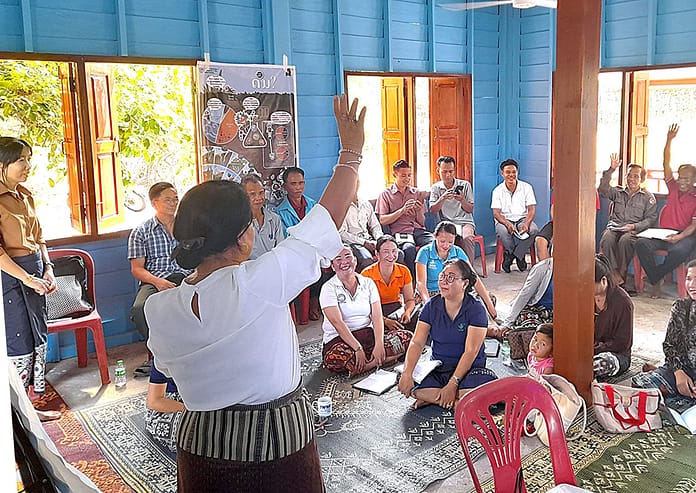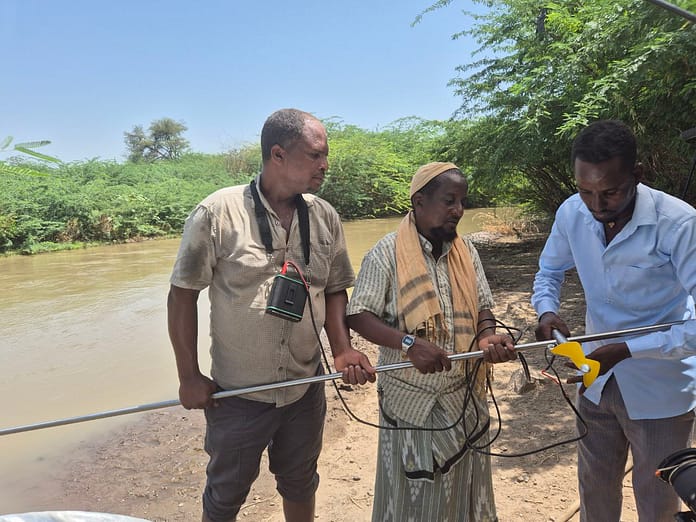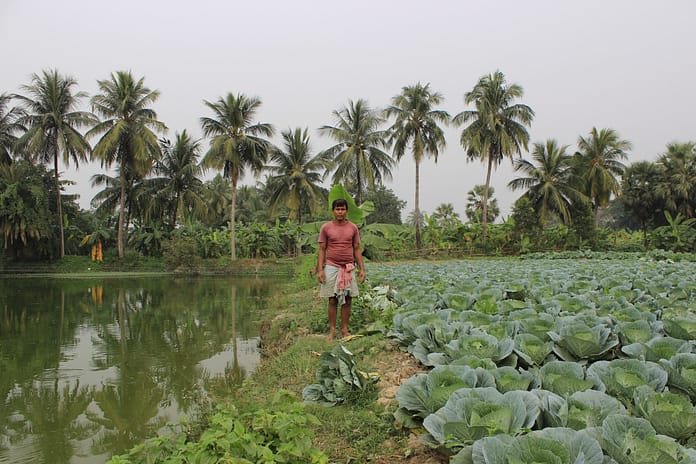
On Earth, the blue planet, water is the thread that weaves together life, livelihoods and landscapes. It links biology to infrastructure, farms to markets, and policies to people. From the genes in crops to the rivers that sustain entire regions, water influences — and is influenced by — decisions across every scale and sector.
Yet, despite its centrality in agriculture, energy, urban planning and other sectors, policies and decisions are still made in isolation, overlooking water’s integrative role. As highlighted by the Global Commission on the Economics of Water (GCEW), water remains undervalued, especially “green” water, the water in the soil that sustains ecosystems and rainfed agriculture. These flows — and the services they support — are often invisible in economic and policy frameworks, contributing to widespread wetland loss, degraded hydrological functions and dramatic biodiversity declines.
Advancing the genes-to-basins concept as a whole system framework
The genes-to-basins approach is a systems-level perspective that underpins the CGIAR Water Systems Integration Roadmap 2024-2030, the strategic framework co-developed by CGIAR and the International Water Management Institute (IWMI). The genes-to-basins concept is designed to leverage science from the genetic scale all the way to entire river basins to transform water management. It places water at the center of innovation, governance and sustainability, and views water not as anisolated issue, but an integrative force that connects sectors, scales and solutions.
At the genetic level, scientists develop stress-tolerant crop varieties that withstand drought, heat, inundation or salinity — traits that are increasingly critical under shifting climate and water regimes.
On farms, these innovations are integrated with water-efficient agronomic practices, adjusting planting times, irrigation practices and crop choices to optimize water use.
In communities, governance is crucial to strengthen local institutions to ensure water access is equitable, transparent and participatory.
Infrastructure is also key. Genes-to-basins bridges natural and built systems, integrating wetlands, forests, tanks, canals, reservoirs and pumps to sustainably manage water flows and storage.
At the basin level, it enables coordinated planning and management of land and water flows, allocations and trade-offs across entire watersheds, including those that span political boundaries.
This multi-scale integration is what gives genes-to-basins power, by building resilient water systems that serve farmers, ecosystems and societies.
What genes-to-basins looks like in practice
Turning the genes-to-basins approach into practice is everyone’s business within CGIAR, and IWMI is working closely with CGIAR centers to help make it a reality. Across regions, IWMI-led research is turning the genes-to-basins approach into tangible, integrated solutions.
In several African countries, including Burkina Faso, Ghana, and notably Ethiopia and Zambia, satellite-derived water accounting tools are being piloted in collaboration with Digital Earth Africa to inform real-time water use decisions and support user platforms.
In Gujarat, India, solar irrigation pumps are linked to smart metering and aquifer-level accounting, curbing groundwater over-extraction.
In Central Asia’s Fergana Valley, upstream and downstream users such as farmers, water user associations and canal authorities coordinate cropping decisions with snowmelt forecasts, and groundwater and surface water monitoring, enabling year-round irrigation.
Through the CGIAR Initiative on Diversification in East and Southern Africa, also known as Ukama Ustawi, and the CGIAR Scaling for Impact Program, IWMI has worked in Ethiopia’s Central Rift Valley, assessing groundwater, testing solar irrigation, and modeling water availability and agricultural intensification under current and future climate scenarios. Building on these efforts, IWMI is now developing solar-based technology bundles (crops, soil, water, financing) tailored to smallholders.
Meanwhile, other CGIAR centers are advancing innovations in climate-resilient crops, agronomy and livestock feed. These will be integrated into solution packages with a co-developed scaling pathway to ensure equitable adoption and long-term impact.
These aren’t isolated interventions; they are interconnected systems. For example, the work of the International Maize and Wheat Improvement Center (CIMMYT) to develop drought-tolerant maize varieties exemplifies the “genes-to-basins” approach, linking crop genetics with hydrology, infrastructure, technology and policy. It shows how innovations at the genetic level connect to wider system resilience and sustainable water-food outcomes.
How genes-to-basins is different
Genes-to-basins is not just a focus on water. It reframes water as the entry point for system transformation.
It works across domains too often siloed — bringing together genetics, agronomy, hydrology and institutions into a cohesive, systems-based framework. It bridges local action and high-level planning, linking the pulse of a farmers’ hose to the flow of basin discharge, the decisions at a village pump to the insights on a policymaker’s dashboard. And it shifts the focus from narrow metrics like yield or efficiency to broader goals: resilience, inclusion and equity.
This marks a clear evolution from past approaches such as the Green Revolution which boosted food production through seeds, fertilizers and irrigation but also triggered serious unintended consequences of groundwater depletion, salinity and widening inequality.
Genes-to-basins builds on these lessons. It offers a pathway to embed sustainability, water resilience and social equity at the heart of innovation.
From concept to action
Genes-to-basins isn’t just an idea. It’s a growing practice reflected in concrete actions. Across regions, researchers and practitioners are developing diagnostic tools to better understand water challenges across scales. They are establishing multi-stakeholder platforms that bring together farmers, scientists and policymakers to co-create locally grounded solutions. They are producing policy advice and guidelines that translate complex systems thinking into actionable recommendations. And they are carrying out cross-country case studies to adapt and test the approach in diverse social, ecological and political contexts.
These efforts align closely with CGIAR’s Policy Innovations Program, which aims to optimize synergies and reduce trade-offs across water, energy, food and ecosystems. Both the CGIAR program and the genes-to-basins approach share a common goal of connecting innovations across domains and scales, building systems that are more inclusive, adaptive and resilient in the face of uncertainty.
An invitation to rethink and reconnect
As climate volatility accelerates and competition for food, energy and water intensifies, piecemeal approaches are no longer viable. The genes-to-basins approach is an invitation: to think differently, to work across boundaries and to design solutions that connect farmers to basins, genetics to governance, and data to action.


